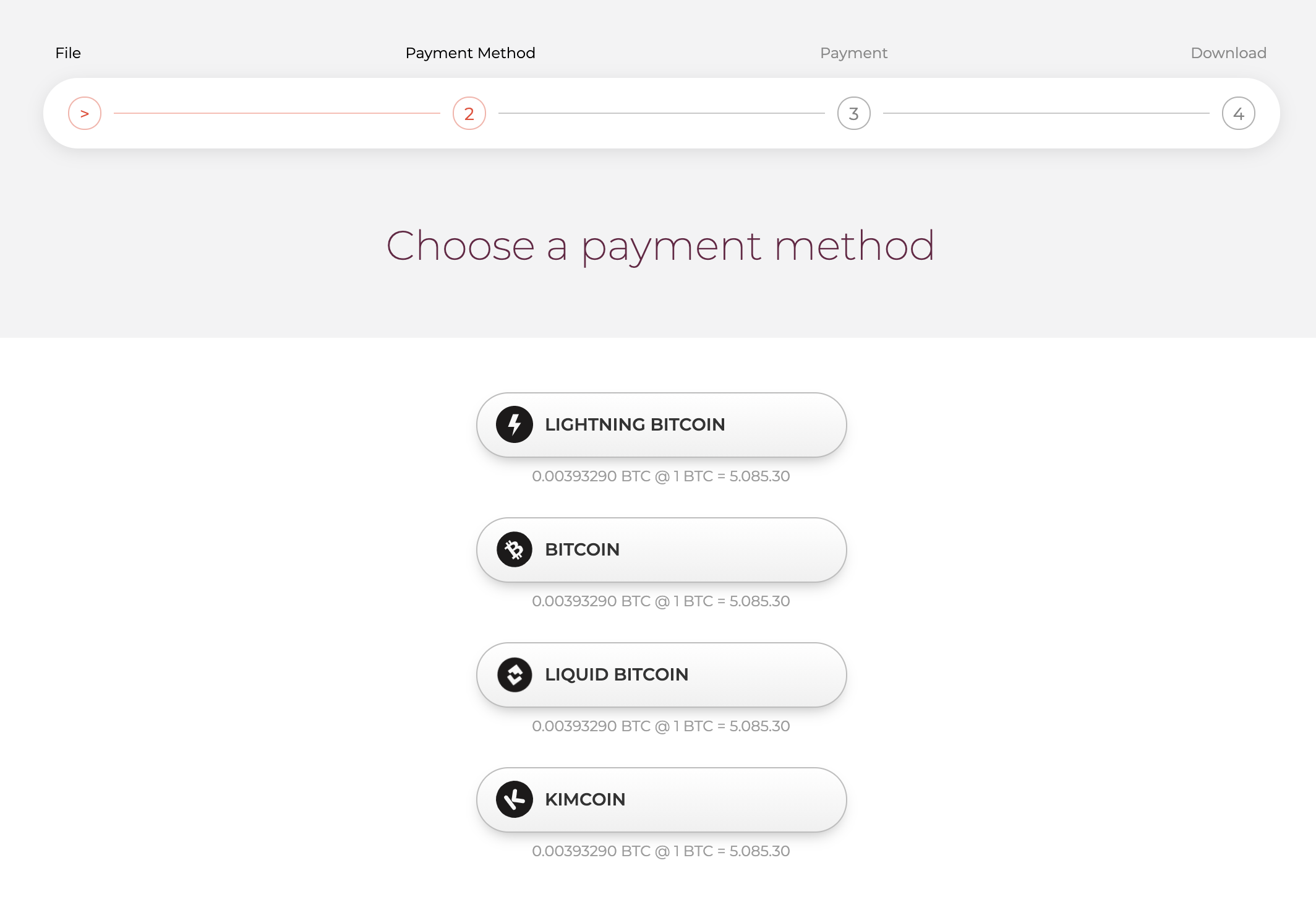Kim Dotcom’s New Content Monetisation Service will Utilise Bitcoin Cash
- Kim Dotcom’s newest service will allow users to receive microtransaction payments for their file uploads.
- Following support for BTC, including Lightning and Liquid, Bitcoin Cash will also be a supported payment option.
Kim Dotcom at the Moment of Truth event at the Auckland Town Hall in September 2013. Shutterstock
The idea of creating a using a cryptocurrency’s microtransaction ability to foster the development of a new-generation content sharing service is not novel. As a matter of fact, it was popular during bitcoin’s earliest days – those when Bitcoin was in fact the only cryptocurrency out there.
However, we have yet to see a successful major implementation of the idea. With bitcoin’s community being torn due to disagreements about scaling, and altcoin communities focusing on use cases different than bitcoin’s initial one – being cash – the enthusiasm about a microtransaction-focused file storage product has dissipated.
One, however, has been in the works for quite some time – Kim Dotcom’s very own K.IM. The existence of the website itself is not really news, as it has been in development for almost half a decade thanks to investments by BnkToTheFuture Capital and its co-founder Simon Dixon.
In a press release published earlier today, Dotcom summarised the way the service works:
Users can use our service to package a file that they want to sell into an encrypted container file and then they can place it anywhere on the Internet. Customers who want to access the content inside the encrypted container can make a payment using cryptocurrency like Bitcoin Cash.
Due to incessant community infighting, Bitcoin Cash has been slowly falling out of favour with even Litecoin surpassing it in terms of market cap recently. Despite all of that, its core believers never stopped developing on it, and even today there is arguably no other cryptocurrency that sports its combination of low fees, fast transaction speeds, user experience and network effect.
Despite labeling BTC as simply an asset storage network, based on the roadmap shown on the official website, Dotcom’s service had already integrated Lightning network and Liquid, before announcing Bitcoin Cash support. The demo provided also features those payment options, while BCH is not yet available.
The service is expected to launch in late 2021.
- The total funding amount that the startup has received so far now exceeds $22 million.
- In addition to regulatory compliance and business expansion, Eligma has also promised an improvement of the tokenomics of their native token.
- Transactions on the ABC chain are only let through if they contain the following message in their op_return: “There was never a funding problem.”
- The occasional block mined by ViaBTC mostly contains spam transactions, making transacting on the network next to impossible.
- The outcome of the contentious fork appears to be a massive win for the new BCHN implementation.
- BCHA, while still alive and kicking, appears to only catch 5% of the coin’s value. alongside less than 0.1% of the total SHA256 hash rate.


